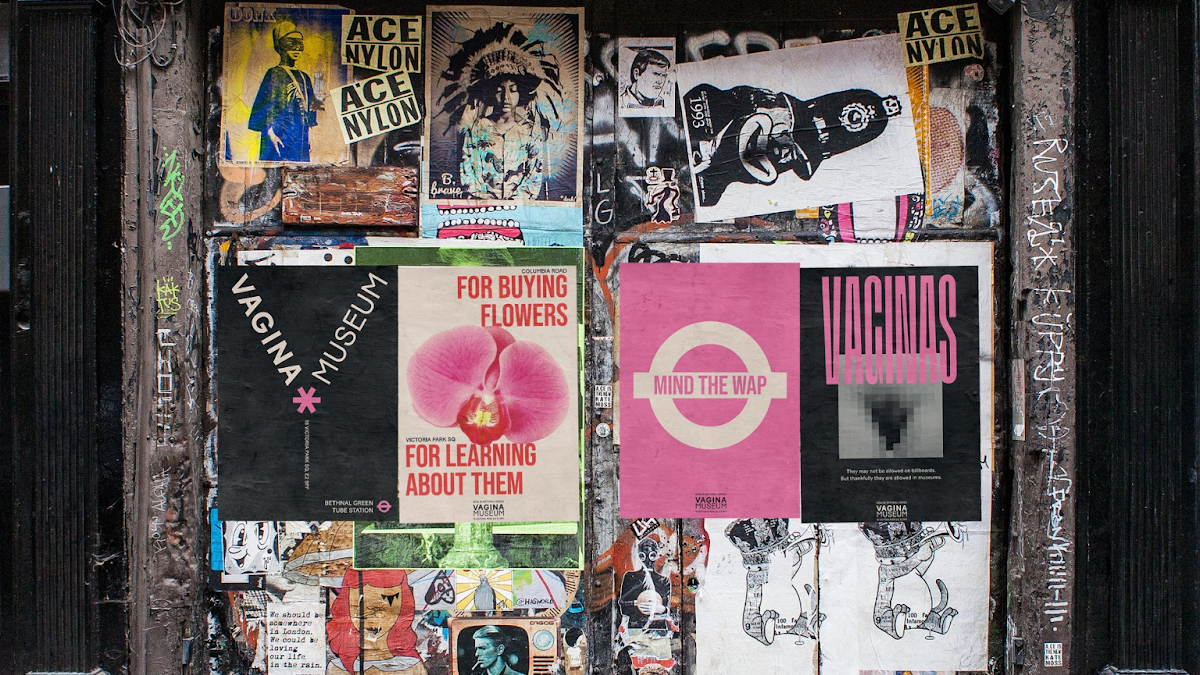Managing customer inquiries with speed and agility is a key priority when handling financial transactions. Zendesk, a service-first CRM company states in its CX Trends Report 2023 that customers of all ages are open to using chatbots and AI if it provides speedier resolution for their problems. Respondents said in the previous year’s report that 71 % believe AI/bots help get faster replies. Indeed, this is what Chatbots can provide. 24/7/356.
But how much do banking customers trust chatbots?
There’s no doubt that digital apps have become the preferred method for customers to interact with their banks, yet the question remains: Can these tools build trust in the same way in-person banking has achieved for hundreds of years?
On top of that, financial services chatbots are held to higher standards than those in other industries (e.g. retail), since there’s a much wider set of parameters. Therefore it’s fair to say that not every customer service chatbot is created equal. When it comes to complex queries and/or handling of customers’ sensitive personal information (such as mortgage inquiries or loan applications) people are often wary of sharing these details with bots. Zendesk highlights that most banking customers prefer to speak to a human agent-advisor before making important financial decisions.
For context, a 2022 UK study conducted by NetApp found that for more complex or sensitive issues, the majority of customers (71%) expressed a preference for interacting with a human, and nearly half (46%) would choose to visit their bank’s branch. Meanwhile, according to a 2022 report from telecom and cloud provider Sinch, 54% of consumers in over 15 countries said that when discussing sensitive financial matters via mobile, chatting with a human instead of a bot made them feel more comfortable.
It’s also important to consider your audience when deploying a chatbot and providing a human option; as certain groups and demographics might prefer traditional customer support. For example, Ipsos research commissioned by Age UK in 2023 revealed that about 31% of older individuals aged over 65 in the UK (around 3.25 million people) experience unease with online banking, despite its increased popularity in recent years. And in contrast, boomers express greater comfort interacting with humans as opposed to bots. Whereas millennials and Gen Z grew up with the internet, meaning digital interaction feels natural to them.
The human touch remains critical
According to Zendesk 81% of consumers feel it’s important to have a human agent available when experiencing difficulties with AI customer service; as it plays a crucial role in maintaining trust with the business — which essentially signals the importance of a handover process between chatbots and humans as a functional feature. From a more emotional standpoint, Forrester’s 2022 Customer Experience Index findings indicate that the primary factor influencing loyalty (in both direct and multichannel banking) in the USA, is the sense of being valued. Of the direct banking customers who feel valued, 87% express their intention to remain loyal. In the near future chatbots won’t cater to emotions like humans do.
Neobanks are taking a stance
Even though fintech brands are setting new best practices by seamlessly integrating finance, technology, and brand creativity to attract the often unpredictable younger consumers, they, in fact, keep maintaining the traditional or more human approach when it comes to customer service and combining human empathy with innovation.
GoTyme Bank, the Philippines based digital bank, has championed helpful humans not chatbots, with its proposition ‘The more digital the world becomes, the more human a bank needs to be‘, in its October 2023 campaign from IRIS Singapore. Aiming to differentiate itself in the consumer banking category with its customer service, by having a human touch. In contrast to the competition the bank claims to not use automated responses and bots, and promises all interactions will be with humans.
Starling Bank even doubles down on human vs bot debate: the bank stresses that providing exceptional 24/7/365 customer service through its in-app chat, via email, or by phone is essential to its success — and whichever channel customers choose, they’ll be able to speak to a human (not a robot) who can help answer their question or listen to their feedback. On the other hand, another challenger bank, First Direct has created a chatbot called ‘Dot the Bot’ to help customers. Also 24/7/365, yet is supported by people to ensure there is no drop-off in service, whatever time customers ask questions.
There is some correlation here: according to the Global Bank Customer Satisfaction Survey 2023 by Statista, First Direct ranked top for ‘overall satisfaction’ in 2023 (for the fourth time), as well as number one in ‘trust’ and ‘customer service’ metrics (in the top five list for the top performing banks in the UK). Similarly, Starling Bank ranked fourth for satisfaction. Other areas where Starling excelled in the top five were ‘digital services’ at number two, ‘trust’, ‘customer service’, ‘financial advise’ and ‘terms & conditions’ metrics.

Human and bot: the best of both worlds
Banking exclusively on automated bots for a bank or any business’s customer support may lead to a negative customer experience, as customers may be unable to connect with a human agent. The right strategy should be an option that combines AI and automation with personal support from a human agent — knowing the point when humans need to step in. It’s all about finding the balance between human and bot, and figuring out how they can best work together and benefit from each other.
Banking brands should focus on thinking about how bots and humans can complement each other’s strengths. When hybrid experiences are offered, customers also tend to rate them more favourably in terms of effectiveness, ease, and emotional impact, compared to options that are solely digital or physical; as pointed out in the US Banking Customer Experience Index Rankings 2022 by Forrester.
There may come a time when AI offers a similar (if not the same) level of empathy, compassion, and concern for customer services that a human can, but there’s a still way to go. However banks have been implementing Conversational AI of late, and experimenting with Gen AI (as of 2023). Therefore, in the race to digitise and automate, banks must find ways to safeguard human connection, and humanise their banking experience as they become more digital in general.
Featured image: Volodymyr Hryshchenko / Unsplash































